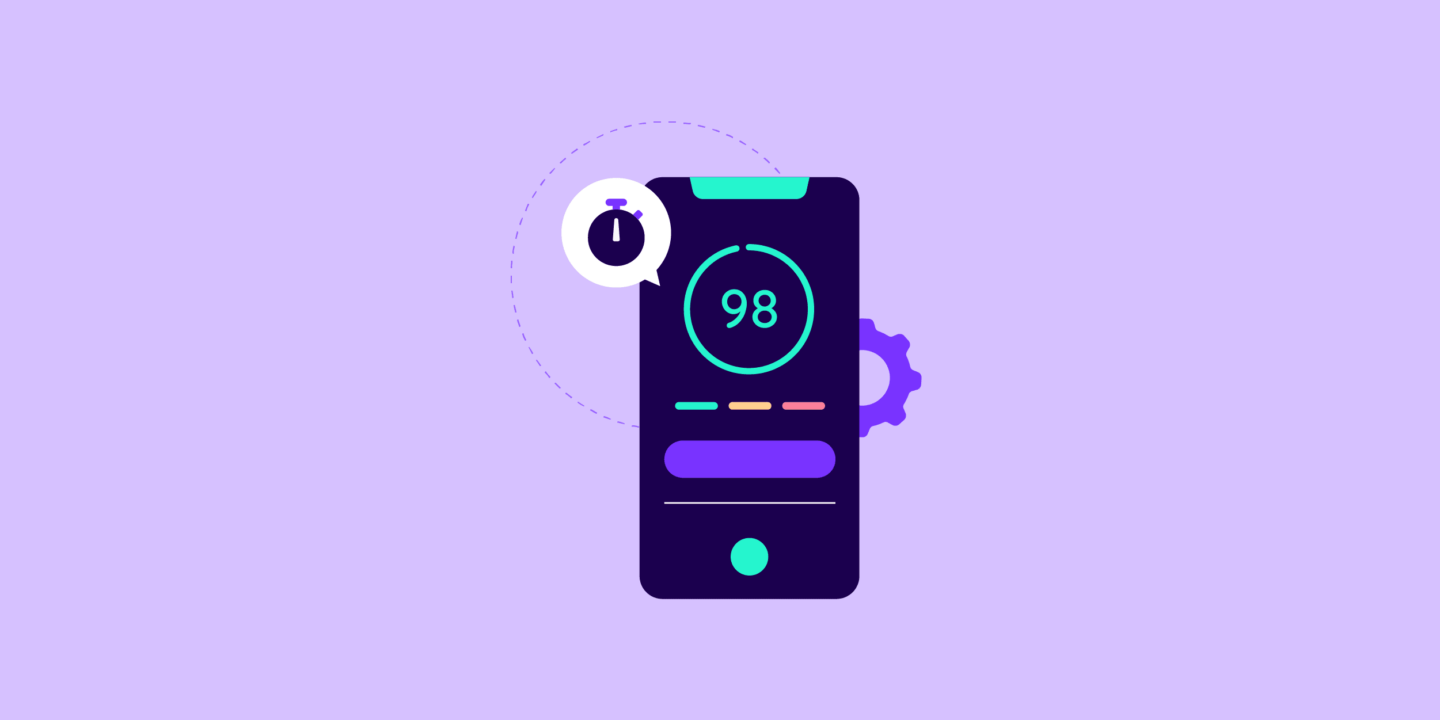
In today’s fast-paced digital landscape, web performance is crucial for user experience, search engine rankings, and overall business success. A slow-loading website can lead to higher bounce rates, lower user engagement, and decreased conversions. This article explores strategies and best practices for optimizing web speed and efficiency to ensure your website performs at its best.
The Importance of Web Performance
1. User Experience
Speed is a critical factor in user satisfaction. Fast-loading websites provide a smoother and more enjoyable user experience, leading to higher engagement and retention.
- First Impressions: Users often form an impression of a website within the first few seconds. A fast-loading site can create a positive first impression.
2. SEO Benefits
Search engines, like Google, consider page speed as a ranking factor. Optimizing web performance can improve your search engine rankings, driving more organic traffic to your site.
- Mobile Indexing: With the rise of mobile usage, Google’s mobile-first indexing makes mobile performance crucial for SEO.
3. Conversion Rates
A fast website can lead to higher conversion rates. Studies have shown that even a one-second delay in page load time can significantly impact conversion rates.
- Customer Satisfaction: Quick and responsive sites improve customer satisfaction, increasing the likelihood of repeat visits and purchases.
Strategies for Optimizing Web Performance
1. Minimize HTTP Requests
Reducing the number of HTTP requests can significantly speed up your website. Each element on a webpage (images, scripts, CSS files) requires a separate request.
- Combine Files: Combine multiple CSS and JavaScript files into a single file to reduce the number of requests.
- Use Sprites: Use CSS sprites to combine multiple images into a single image file.
2. Optimize Images
Images are often the largest files on a webpage. Optimizing them can drastically reduce load times.
- Compression: Use image compression tools to reduce file size without compromising quality. Tools like TinyPNG and ImageOptim are excellent choices.
- Responsive Images: Serve appropriately sized images for different devices using the
srcsetattribute.
3. Leverage Browser Caching
Caching allows browsers to store static files locally, reducing the need to download them again on subsequent visits.
- Expiration Headers: Set expiration headers for static resources to instruct browsers how long they should cache these files.
- Cache-Control: Use the
Cache-Controlheader to specify caching policies.
4. Use Content Delivery Networks (CDNs)
CDNs distribute your content across multiple servers worldwide, reducing the distance between the server and the user.
- Global Reach: CDNs improve load times for users regardless of their geographic location by serving content from the nearest server.
- Offloading Traffic: CDNs reduce the load on your origin server, improving its performance.
5. Minify and Compress Files
Minifying and compressing CSS, JavaScript, and HTML files can reduce file sizes and improve load times.
- Minification: Remove unnecessary characters, such as whitespace and comments, from code files.
- Gzip Compression: Enable Gzip compression on your server to reduce the size of HTML, CSS, and JavaScript files during transfer.
6. Optimize CSS and JavaScript
CSS and JavaScript files can significantly impact page load times. Optimizing these files is crucial for performance.
- Asynchronous Loading: Load JavaScript files asynchronously to prevent them from blocking other elements on the page.
- Defer Parsing: Use the
deferattribute to delay the execution of JavaScript until the HTML is fully parsed.
7. Implement Lazy Loading
Lazy loading defers the loading of non-critical resources, such as images and videos, until they are needed.
- Improved Load Times: By loading resources only when they are about to enter the viewport, you can significantly improve initial load times.
- Better Resource Management: Lazy loading helps manage bandwidth and resource consumption more efficiently.
8. Reduce Server Response Time
A slow server response time can bottleneck your website’s performance. Optimizing server performance is key to faster load times.
- Upgrade Hosting: Consider upgrading to a faster hosting solution or using a dedicated server if your current setup is slow.
- Database Optimization: Optimize your database queries and indexes to reduce response times.
9. Use Modern Web Technologies
Leveraging modern web technologies and best practices can improve performance.
- HTTP/2: Upgrade to HTTP/2 to benefit from multiplexing, header compression, and faster load times.
- Progressive Web Apps (PWAs): PWAs offer fast loading times, even in low network conditions, and provide a seamless user experience.
10. Monitor and Test Performance
Regularly monitor and test your website’s performance to identify and address issues promptly.
- Performance Tools: Use tools like Google PageSpeed Insights, GTmetrix, and Lighthouse to analyze and get recommendations for improving your site’s performance.
- User Feedback: Collect feedback from real users to understand performance issues from their perspective.
Conclusion
Designing for performance is essential for providing a fast, efficient, and enjoyable user experience. By implementing strategies such as minimizing HTTP requests, optimizing images, leveraging caching, using CDNs, and regularly testing performance, you can significantly enhance your website’s speed and efficiency. Prioritizing web performance not only improves user satisfaction but also boosts search engine rankings and conversion rates, ultimately contributing to the overall success of your website.



